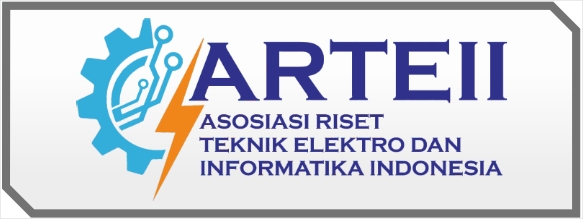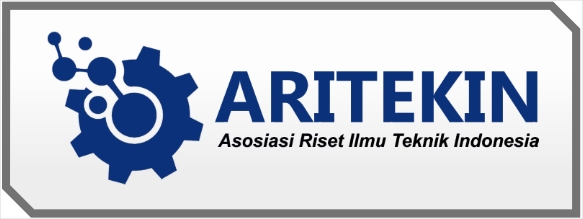Implementasi Data Mining Dalam Menentukan Penjualan Alat Perabot Dengan Menggunakan Metode K-Means Clustering Pada PT.XYZ
DOI:
https://doi.org/10.59581/jusiik-widyakarya.v2i1.2824Keywords:
data mining, clustering, furniture, k-meansAbstract
The increasing development of technology and increasing buying and selling activities require every business owner to adapt to technological developments, for business owners selling or processing sales data is very important as is done by PT.XYZ household furniture items such as tables, chairs, dressers, wardrobes, sofas and many more, where sales data is still done manually, such as a lack of reviewing what products consumers need and ineffective data storage. To overcome this problem the researcher tried to implement it using one of the methods available in data mining, namely the K-Means Algorithm. –certain data groups (clusters). So, by grouping this data, the company can find out which items are selling best and which are not selling well. So that the goods in the warehouse do not pile up. From this research, the resulting output is 5 of the best-selling items, and 5 of the least-selling items. With the data processing carried out, it is hoped that it can provide solutions to the company so that they can find out which items are the best-selling and best-selling items.
References
F. T., & Tamba, S. P. (2020). Penerapan Data Mining Untuk Menentukan Penjualan Sparepart Toyota Dengan Metode K-Means Clustering. Jurnal Sistem Informasi Dan Ilmu Komputer Prima(JUSIKOM PRIMA), 2(2), 67–72. https://doi.org/10.34012/jusikom.v2i2.376
Aminah, S., & Susanti, T. (2023). Implementasi Algoritma K-Means Clustering Penerima Bantuan Beasiswa UKT Pada Institut Teknologi Pagar Alam. 9(1).
Annur, H. (2019). Penerapan Data Mining Menentukan Strategi Penjualan Variasi Mobil Menggunakan Metode K-Means Clustering ( Studi Kasus Toko Luxor Variasi Gorontalo ). 5(1).
Clustering, M. M. K. (2023). Implementasi Data Mining Dalam Mengelompokkan Data penduduk Kurang Mampu. 2(November), 945–955.
Cv, D. I., & Konstruksi, I. (2021). ALGORITMA K-MEANS CLUSTERING UNTUK MENENTUKAN STRATEGI PEMASARAN. 3(1), 30–36.
Darmi, Y., & Setiawan, A. (2016). PENERAPAN METODE CLUSTERING K-MEANS DALAM. 12(2), 148–157.
Nurajizah, S., & Salbinda, A. (2021). Penerapan Data Mining Metode K-Means Clustering Untuk Analisa Penjualan Pada Toko Fashion Hijab Banten. 7(2), 158–163. https://doi.org/10.31294/jtk.v4i2
Nurzaman, M. Y., & Sari, B. N. (2023). Implementasi K-Means Clustering Dalam Pengelompokkan Banyaknya Jumlah Petani Berdasarkan Kecamatan Di Provinsi Jawa Barat. 10(3).
Perdana, R. W., Meri, R., Studi, P., Komputer, T., Studi, P., Informatika, M., Solok, K., & Barat, S. (2023). IMPLEMENTASI DATA MINING PADA PENJUALAN SEPRAI MENGGUNAKAN Abstrak. 7(1), 144–154.
Widodo, E., & Indonesia, U. I. (2022). Implementasi Clustering K-Medoids dalam Pengelompokan Kabupaten. 5(2), 121–130.
Downloads
Published
How to Cite
Issue
Section
License
Copyright (c) 2023 Silvia Lestari, Rahmatun Nazila, Lukna Aulia Ulhar, Muhammad Zidane

This work is licensed under a Creative Commons Attribution-ShareAlike 4.0 International License.













